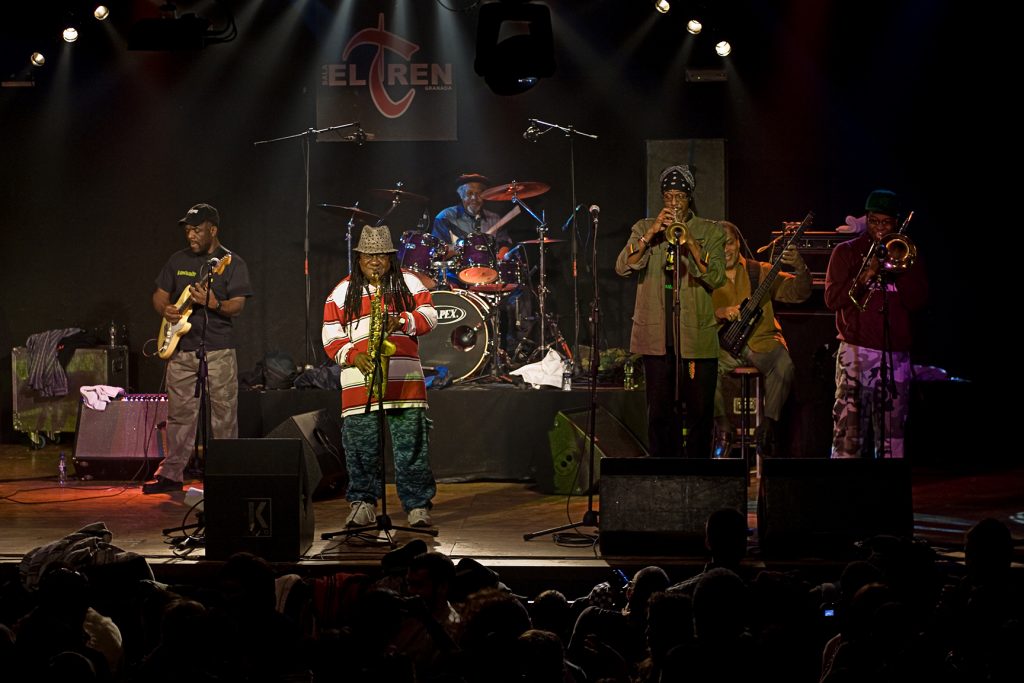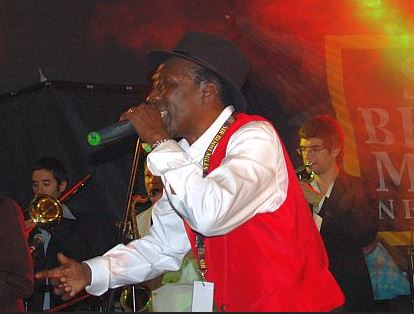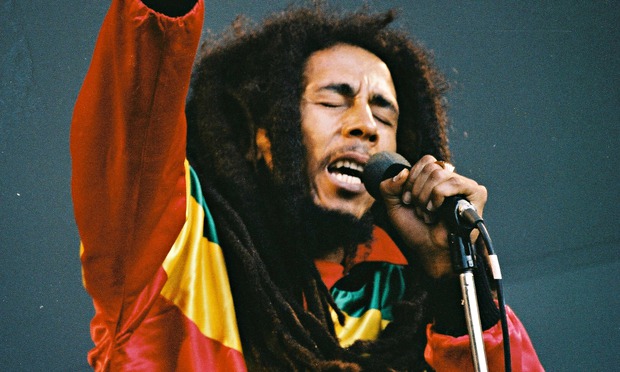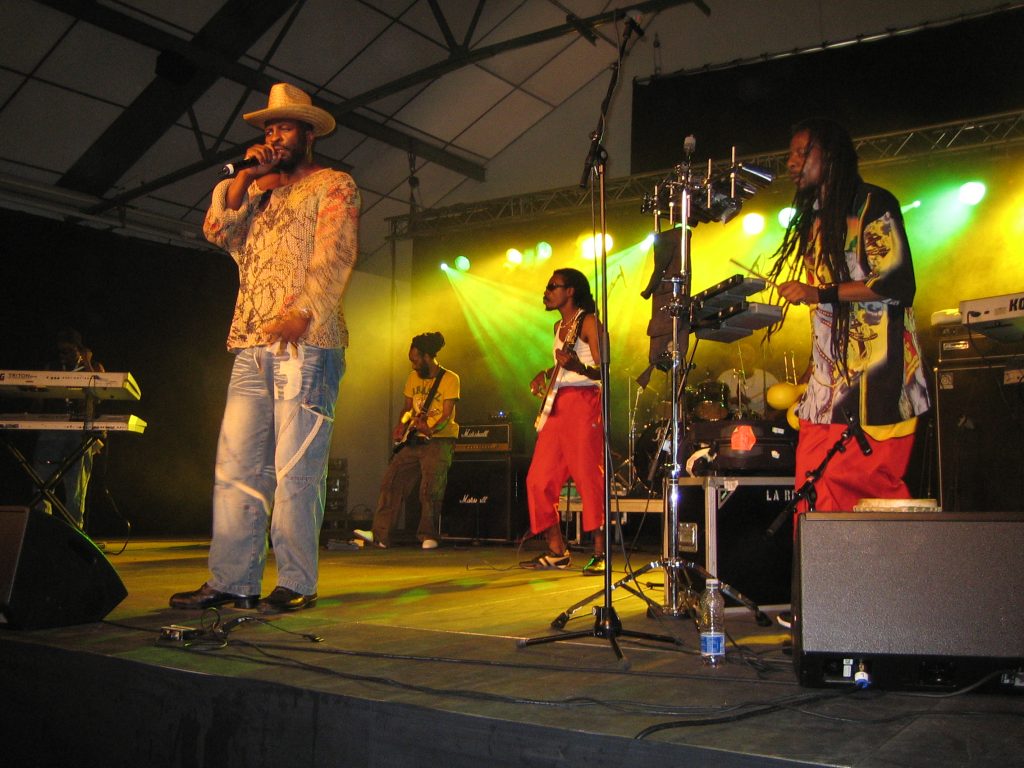
Reggae is a music defined not only by its nation of origin, but also by its themes and the culture surrounds it. That’s a very abstract way of thinking about it, but it is also a good way to open a conversation about genre of music that is deeply rooted in Jamaica’s culture and traditions.
The word reggae itself has several meanings that help define the nature of the music. One definition of reggae is as a simple term identifying any music coming from Jamaica. Another definition also refers to its beat and rhythm, which was introduced in 1968 and made popular in Jamaica from 1969 to 1983.
The music came out of a Jamaican style called Mento, which was highly influenced by Calypso music. Mento celebrated the folk music tradition of Jamaica and was enjoyed as dance halls by mostly rural audiences on the island. The music style focused on an alternative to Christian Hymns. By the 1950s, Jamaica began to urbanize and the social change that happen as industrialization occurred led to changes in music tastes. Imported popular music like Blues, Soul, and Rock&Roll began to influence musicians and audiences.
Ska & Rocksteady as the Reggae Vanguard
Absorbing the traditions of Jazz Swing and R&B, Ska came on the Jamaica scene thumping with bass heavy Mento rhythms, focused on 4/4 shuffle beats similar to R&B and an afterbeat played on piano. Horns and reeds accentuated guitar chords along with horn solos.

The Skatalites
The most notable group in this tradition was the Skatalites. Forming around 1964, the Skatalites recorded several classic tracks such as the “Guns of Naarone.” Most of their material was instrumental pieces. In their track “Eastern Western Time,” they focus primarily on a trumpet solos with back guitar, bass, and drum creating a unique Jamaican rhythm, which was euphemistically known as riddem. In several tracks like “Twilight Zone” and “Rocking Away,” they opened their tracks with piano chord before introducing the horn melodies and the remaining accompaniment.
Rocksteady came a little later and brought a similar sound to Ska. The major difference in Rocksteady was a slower tempo. Not as fast as Ska, Rocksteady was also light on horns while heavy on piano and guitar rhythm sections. Rocksteady’s baseline was slower and thicker. The sound created went to a popular movement with fans of the genre that would eventually evolve into proper Reggae.

Alton Ellis
One of the most prominent artists in Rocksteady was Alton Ellis. Known as the Godfather of Rocksteady, Ellis recorded many tracks through the 1960s featuring the Rocksteady sound. In “Sitting In the Park,” Ellis uses many off the typical sounds that might be heard in Ska tracks but included his soulful vocals with great accompaniment with organ and Sax. In another track called “Pearls,” Ellis song begins with an organ chord that repeats several times before the guitar and drum rhythm section kick in. Ellis provides slow and soothing vocal melody, crooning out melancholy tale of love.
Another remarkable artist in Rocksteady was U Roy, whose real name was Ewart Beckfor. U-Roy was a Rocksteady vocalist. Beginning his career as a deejay in 1961, U-Roy became famous for his “toasting.” In the Jamaican music tradition, toasting is similar to modern rapping where an artist would talk in a chant to the rhythms played in the music. A deejay was an artist who toasted. In his single “Wear You to The Ball,” U-Roy creates uses a simple Rocksteady rhythm, which he toasted his verses while singing his chorus. The energy in the vocals is hyper and contrast the slow methodic playing in the background. With the song “Natty Rebel,” U Roy slows down both vocals and instrumentation, shouting out the lyrics with background vocals repeating his verses.
The Birth of Reggae: Roots Reggae (aka Foundation)

This was the beginning of the gold era off Reggae, focusing on a sound that is both soulful and purposeful. The music focus less on themes of love and more on spiritual messages of solitarily against oppressive forces of established authority, hope and unity in times of strife, Rastafarian pride, resilience against the oppressive forces of poverty, and praise of purer lifestyle of clean living. Many groups in the Foundation tradition contained vocal trios that features harmony over rhythms.

Bob Marley
Bob Marley, the most famous artist of this era and undoubtly the most famous artist in Reggae, began singing with the Wailers in 1963. By 1974, Marley would leave the band and move to England. By 1977, he would record his solo album Exodus, which would solidify his stature as a music legend throughout the world. He sang about strife in Jamaica and hope against the oppressive forces of established authority and racial bias. The quality of his songwriting elevated beyond just the realm of a Reggae artist but also a poet and singer/songwriter. In his track “Salvation Song,” he wrote about horrifying the realities of historical slavery and modern nuclear arsenals as a means of expressing the power of music and art to heal the adversity placed on the human spirit. In “Buffalo Soldier,” he recounts the legendary African American cavalry regiment that fought the Indian Wars of 1886, contrasting their strength during slavery and translating that strength to their fierce determination as troops. The song focuses on the soul of the men, their strength and perseverance, and compares it that of Jamaican men and Rastafarians.
Max Romeo achieved success in the UK as well as Jamaica. He released several hits with the Emotions before going solo. His lyrics were noticeably blunt and usually really sexual with songs like “Wet Dreams” and “Mini-Skirt Vision.” By 1976, Romeo’s songs became less bluntly sexual and more focused on more political and religious themes through his album War ina Babylon. With “I Chased the Devil,” Romeo signature voice speaks about his eminent defeating of the Devil, prevailing against evil and corruption. Singing behind the usual Reggae rhythms, Romeo sings with a sense of glory and energy like some evangelistic preacher as he describes his victory over the Satan. In “What If,” Romeo sings as duel saxophones play in the background. Romeo preaches about the end of the world and ask how the listener would perceive the events unfolding. The song is slow and swings as Romeo sings with background singers harmonizing throughout the track.
Dancehall and the New Reggae
Dancehall would come to Reggae in the Eighties, introducing faster tempos and a more basic approach to instrumentation. The term comes from the staple name for Reggae venues. They were called dance halls and listeners would pack into these venues over the decades to listen to Reggae grooves. Dancehall would slowly migrate into a digital sound as dance music became more electronic. Dancehall embraced the concept of toasting and would begin juxtaposing it with American Rap. And so Comma just as rap, Dancehall would eventually develop into means for expressing raw and angry reflections of societal conflict and oppression. Instead of the spirituality common in Foundation, Dancehall was more focused on themes of gangster life and adversity poverty.

Eek-A-Mouse
One of the earliest artist in Dancehall was Eek-a-Mouse. Crossing from Foundation and into Dancehall, he was often described as one of the first Singjay artists, which was a style of Reggae vocals that blended toasting with singing and mixing everything with the accompanied rhythm section to weave further vocal accentuation. Eek-a-Mouse took his name from a horse he use to bet on regularly. His lyrics would drift from traditional Reggae spirituality and politics, but would also include playful and witty twists to his themes. His song “Border Patrol” demonstrates this mix of politics and humor as Mouse describes his odyssey with attempting to get in the United States to perform and listen to Reggae music. The recorded several decades earlier, this track is a very poignant song in the current political atmosphere. In his later work, Mouse recorded “Gangster Chronicle, which bemoans him being confused for a gangster and mocks contemporary clichés of Dancehall performers.
By the turn of the century, Dancehall was still going strong as it further embraced electronic and pop music. Clifford Smith, known in Dancehall as Mr. Vegas, was one of the many artists to find success both artistically and financially. Vegas took concepts of toasting and introducing it to electronic beats with energy and bounce. Getting his name from his buddies who thought he kicked like a Vegas dancer, Mr. Vegas started out as singjay performing covers of Jamaican hits at local shows but later becoming a major Dancehall artist. In his track “I am Blessed,” he performs to Hip-Hop beats while mixing deejaying toasting with singjay melodies that feature lyrics focused on traditional Reggae themes. In “Paintbrush,” Vegas brings together carousing love lyrics with party beats, wrangling American R&B bounce with Dancehall deejay/singjay lyrics and melodies.

From Ska to Dancehall, Reggae has come full circle in terms starting out as dance music, first in instrumentation and later in drum machines/synthesizer. Reggae through the last fifty years has maintained its energy and focus on big beats with unique techniques of vocalization. The music has evolved and saturated popular culture; whether Bob Marley’s timely songwriting or U-Roy’s toasting that would seep into so many other styles.
Here is our Reggae Playlist via Spotify just for you!
